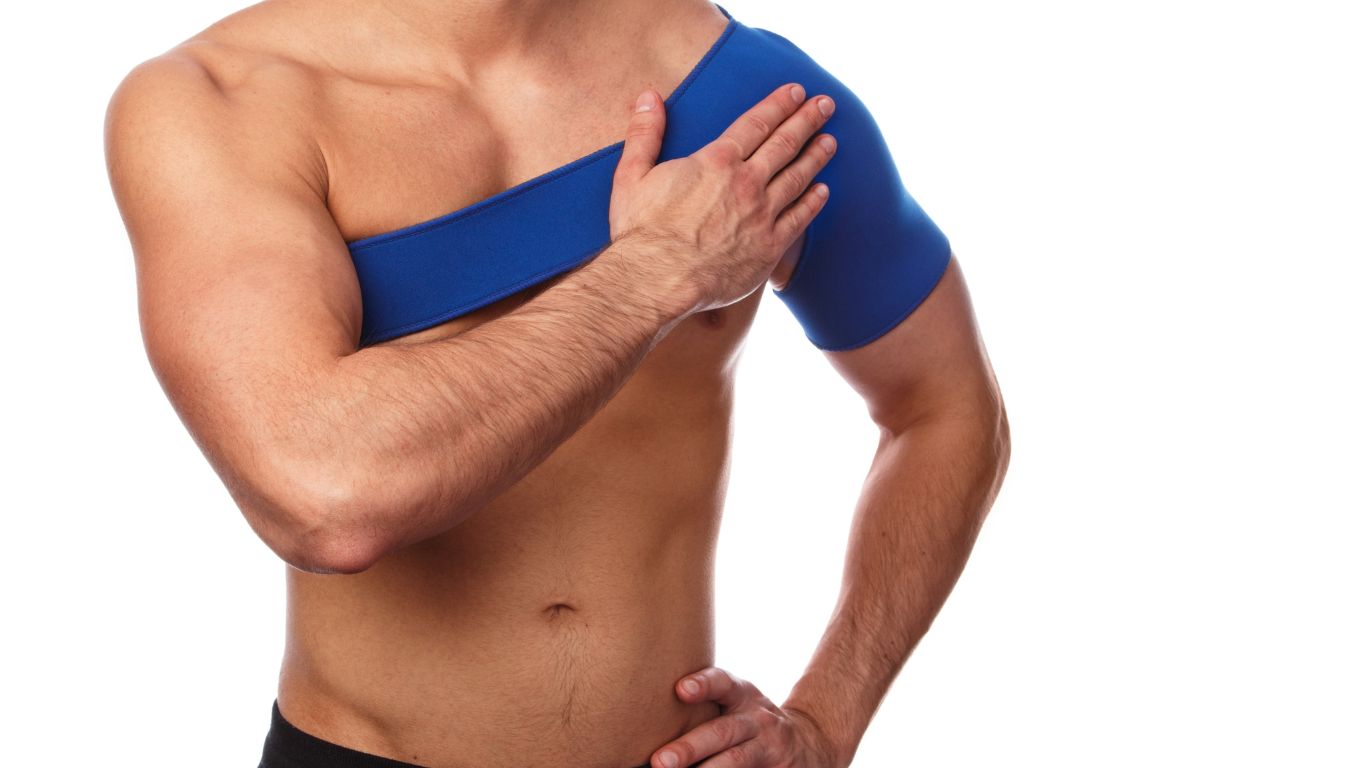We often think of the various challenges of our health as separate entities; for example, we treat a cold with one approach and an athlete’s foot with another. However, the wealth of knowledge on home remedies often escapes us regarding issues like athlete’s foot, which can be incredibly persistent and bothersome. In this comprehensive guide, we’ll explore the most effective home remedies and the best ways to integrate them into your routine for faster healing.

Understanding the Fungus
Before jumping into treatment, it’s essential to understand what an athlete’s foot is. This common skin infection, also known as tinea pedis, is caused by a fungus that happily feasts on the dead skin cells we shed throughout the day. The warm, moist environment found in shoes and socks makes the feet ideal for these fungi to grow and spread.
Symptoms and Causes
Typically, an athlete’s foot presents as red, itchy, scaling skin—often between the toes or along the soles of the feet. The itching can be intense, and blisters and even ulcers can develop if the infection spreads. The athlete’s foot is highly contagious and can be picked up by walking barefoot on contaminated surfaces or sharing socks, shoes, or towels with an infected person.
The Importance of Treatment
While an athlete’s foot is generally not severe, it can be unpleasant and, without proper treatment, can spread to other parts of the body. The symptoms can significantly affect one’s quality of life, causing discomfort, pain, and even interrupting sleep.
The Best Home Remedies
- Keep Feet Dry: Moisture is the enemy of athlete’s foot. Ensure your feet are thoroughly dry after showering, swimming, or any other event that may get them wet.
- Change Your Socks Often: Athlete’s foot fungus thrives in warm, moist environments like sweaty socks. Changing your socks at least once daily can help prevent the fungus from spreading.
- Use Antifungal Powders or Sprays: Over-the-counter antifungal powders or sprays can effectively treat and prevent athlete’s foot. Look for products containing miconazole, terbinafine, or clotrimazole, which attack the root of the infection.
- Apply Baking Soda: Not only does baking soda help to reduce the odor in your shoes, but it can also create an alkaline environment that is unfriendly to the fungus.
- Modify Your Shoes and Socks: Wearing open-toed shoes or those made from breathable materials can help to keep your feet dry and discourage fungal growth.
- Use Tea Tree Oil: This essential oil derived from the leaves of the Melaleuca alternifolia tree has natural antifungal properties. Dilute a few drops in carrier oil and apply to the affected area.
- Salt Footbath: The antifungal and antibacterial properties of salt can help to clear up an athlete’s foot. Add a few tablespoons of salt to warm water and soak your feet for 10-15 minutes.
- Garlic: Known for its antimicrobial properties, garlic may also help treat athlete’s foot. Crush a few cloves and place them in warm water, then soak your feet for 30 minutes daily.
- Vinegar Solution: A mixture of water and vinegar, either white or apple cider, can be an effective antifungal. Use a 1:1 ratio, soak your feet for 10 minutes, then thoroughly dry them.
- Hydrogen Peroxide: This can help kill fungus on the skin’s surface. Dilute 3% hydrogen peroxide in equal parts water and use it to clean the affected area.
- Lemongrass Oil: This oil can help prevent the fungus growth that causes athlete’s foot. Dilute with a carrier oil and apply to the affected area.
- Cure with Colloidal Silver: Colloidal silver is not a typical household item but has powerful antifungal properties. Apply a few drops to the affected area or soak a cotton ball and leave it on overnight.
Integrating Treatment Into Your Routine
Consistency is critical to treating an athlete’s foot effectively at home. In the morning and evening, and any time your feet get wet, ensure the treatment works for you rather than the fungus.
Morning Routine
Start your day with a thorough foot cleaning. Use a mild soap and water, drying your feet thoroughly, including between the toes. Apply any suggested remedies above and ensure your socks are clean and dry. Opt for antimicrobial and moisture-wicking socks for added protection.
Evening Routine
Repeat the cleaning and drying, applying a different remedy to rotate options. Especially in the evening, when you’re less likely to be out and about, you can leave the treatment for longer for better absorption. This is also an excellent time for a vinegar or salt footbath, which can be soothing and further aid healing.
After Water Exposure
After swimming, showering, or any activity that dampens your feet, you must follow your morning routine immediately. The longer your feet remain wet, the more the fungus can thrive. Quick action can make all the difference.
With Medication
If you are also using over-the-counter antifungal medication, be sure to follow the instructions carefully and apply it at the times recommended. Home remedies often complement these treatments and make the overall regimen more effective.
Long-Term Care
Preventing an athlete’s foot from returning is an ongoing process, especially if you’re genetically predisposed to fungal infections. Over time, you may find that specific remedies work better for you or that the fungus returns at a particular time of year. Whatever the case, integrating prevention tips like the ones mentioned above into your daily or weekly routine can help keep an athlete’s foot at bay.
Final Thoughts
Athlete’s foot is not only treatable but preventable. With effective home remedies and a consistent, integrated approach, you can minimize the itchy, uncomfortable symptoms and quickly get back on your feet. It’s important to note that if you have any concerns or the condition doesn’t improve with home treatment, you should seek medical advice. In some cases, persistent athlete’s foot may require prescription-strength antifungal medication. But for many, these holistic home remedies are the first line of defense and often the only one needed.









